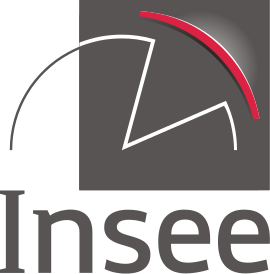Home ownership in decline since the 2008 crisis Insee Références - Edition 2017
The share of owner-occupier households has continued to increase in recent years. It stood at 57.9% in 2013 in Metropolitan France, or around 10 percentage points more than in 1973. However, the pace at which this increase has occurred has seen some variations, since after slowing during the 1990s, the rate of home ownership recovered with the arrival of the new millennium until the 2008 crisis, then turned downwards once again.
The purchasing capacity of a typical household at the beginning of the 2010s was higher than thirty years before, despite reaching a peak at the end of the 1990s then decreasing slightly. This may seem paradoxical, given the very sharp increases in real estate prices, especially between 2000 and 2008, but it is the result of the lengthening of borrowing periods and the fall in interest rates during the 1990s and 2000s.
The majority of new homeowners buy on credit, usually a personal loan, for a second-hand dwelling. They are usually aged under 40, living in a couple with one or more children and they have a high income. A quarter received financial assistance from their family of around one sixth of the total down payment. Recently, home ownership has been slowed by structural factors: the population of non-homeowner households is concentrated at the bottom of income distribution per consumption unit, they are growing older and are increasingly faced with high prices in the areas where they live. Inequalities in home ownership are thus reinforced.



